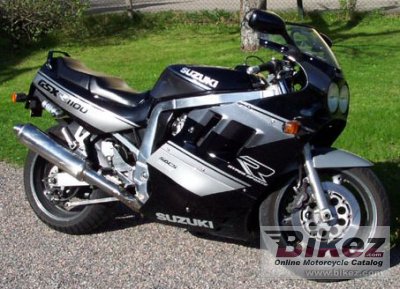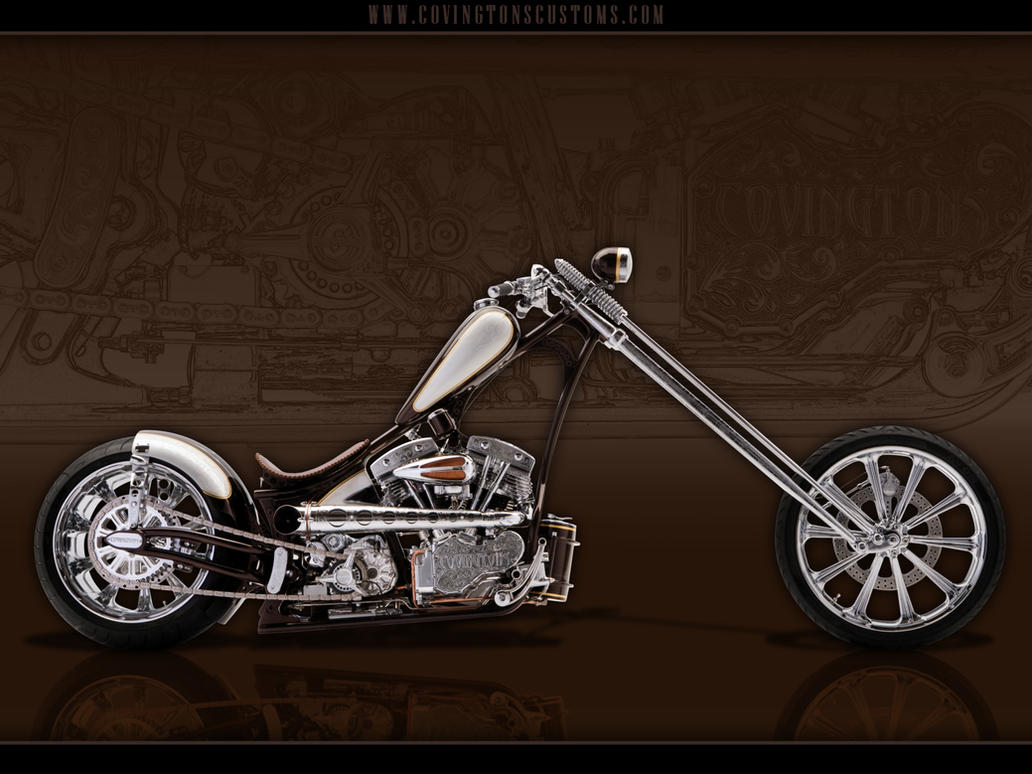


1985 had seen the introduction of both the GSX - R750 and the RG 500. Both these machines showed Suzuki's intent to start to build true "race replica" superbikes. However, by this time the general public was starting to grow accustomed to 1000 or 1100cc engines, and despite the fact that bikes using smaller 500 and 750cc engines would doubtless better all-rounders, even the race replica looks of Suzuki's GSX - R750 were not enough. A significant number of the bike buying public were wanting bikes with what were then considered massive engines, with the number of cc displayed prominently on the side panel or fairing.
Suzuki's GSX - R1100 was designed to rise to this challenge and produce a monster race replica that had substance as well as style. In fact, the pedigree was already there. The GSX-R1100 was in many ways identical to the GSX-R750.
The engine of the R1100 had many of the innovative features enjoyed by the R750, including the innovative oil cooling system, which simply used the oil in a slightly larger sump to cool the critical areas of the bike, as opposed to using water with all the additional weight that would have been created due to all the plumbing that would have been needed.
In terms of real-world performance, the R1100 offered much more flexible power than the smaller 750 engine, with peak power of 125bhp at 8500rpm and huge amounts of torque all through the power band. The R750 was relatively docile until it hit 7000rpm. By contrast, at 7000rpm the R1100 was surging to its maximum revs of 10,500 and its top speed of 155mph.
This incredible straight-line performance was helped by the fact that the GSX-R750 weighed just 197kg dry, which although was 20 kg heavier than the R750, meant that it was in fact the lightest machine in its class. A sub 11 second standing quarter mile put this bike firmly at the top of its peers.
The bike used the same front forks as the 750 with their anti-dive component, had larger disc brakes and wider 18 inch wheels and tyres which gave incredible stability at high speeds.
For a sports bike, the fairing was actually quite useful and offered a fair amount of protection for the rider when riding at speed. However, the bottom line was that the practicality of the bike was perhaps not as important as it might have been as at the time of its release, as many riders put pure performance ahead of any other consideration.











No comments:
Post a Comment